Congratulations!
Discrete Event Simulation in Python

Diogo Costa (PhD, MSc)
Adjunct Professor, University of Saskatchewan, Canada & CEO of ImpactBLUE-Scientific
Chapter 1: Introduction to dynamic systems and discrete-event simulation models
Dynamic vs. Steady-state
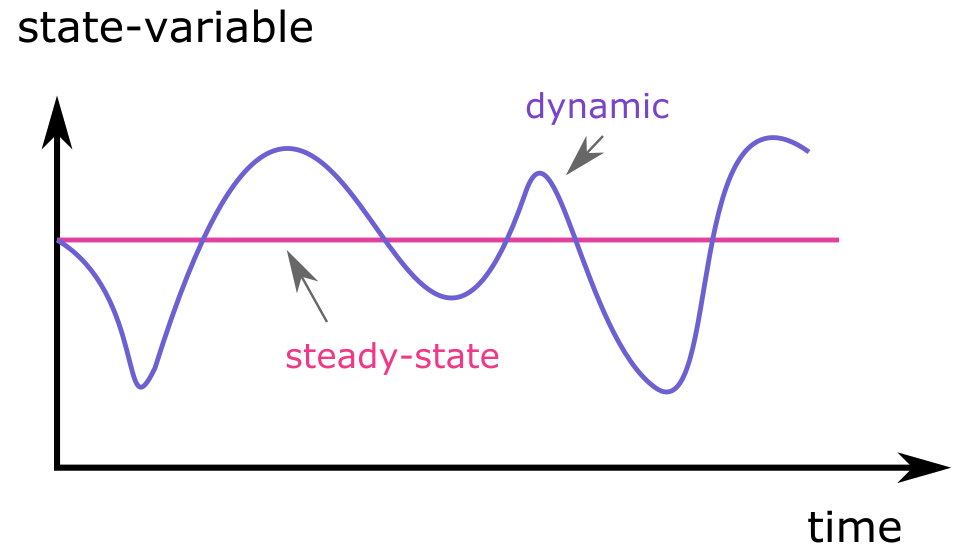
Applications of Discrete-event models

Examples:
Manufacturing:
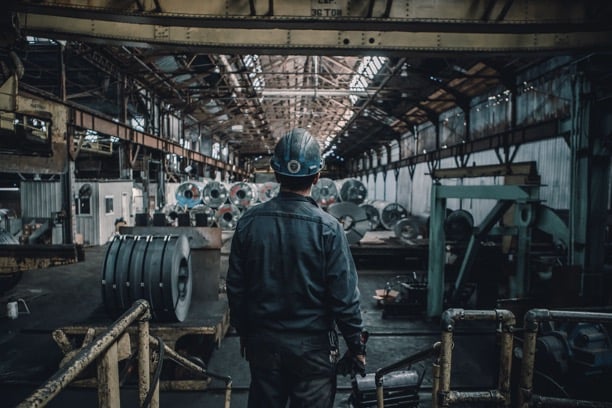
Construction:

Chapter 2: Developing discrete-event models using SimPy.
Summary of SimPy methods
env = simpy.Environment()
env.process()
env.run()
env.timeout()
env.now
SimPy Resources
simpy.Resource()
simpy.Container()
simpy.Store()
Chapter 3: Mixing determinism and non-determinism in models
Process sequence with deterministic (yellow) and non-deterministic (pink) processes:

# Next-event time progression
time[0] = 0
time[1] = time[0] + welding_1["time_hours"]
time[2] = time[1] + rd.gauss(manual_assembly_1["time_hours"], manual_assembly_1["std_hours"])
time[3] = time[2] + rd.gauss(manual_assembly_2["time_hours"], manual_assembly_2["std_hours"])
time[4] = time[3] + welding_2["time_hours"]
time[5] = time[4]
Chapter 4: Model application, clustering, optimization, and modularity
Monte Carlo sampling
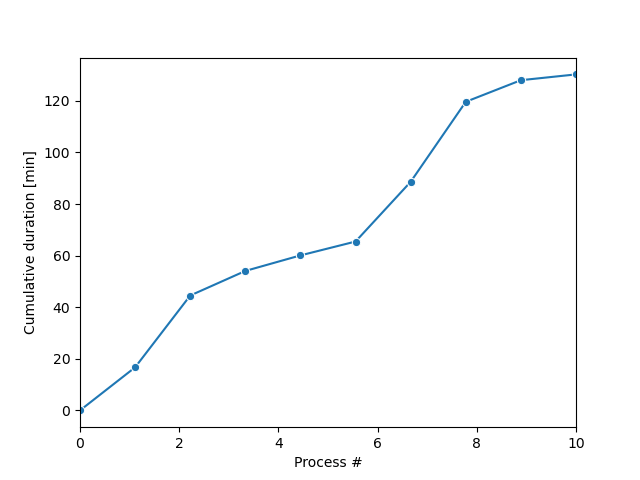
Cluster analysis
- Objective functions
- Model scalability and modularity
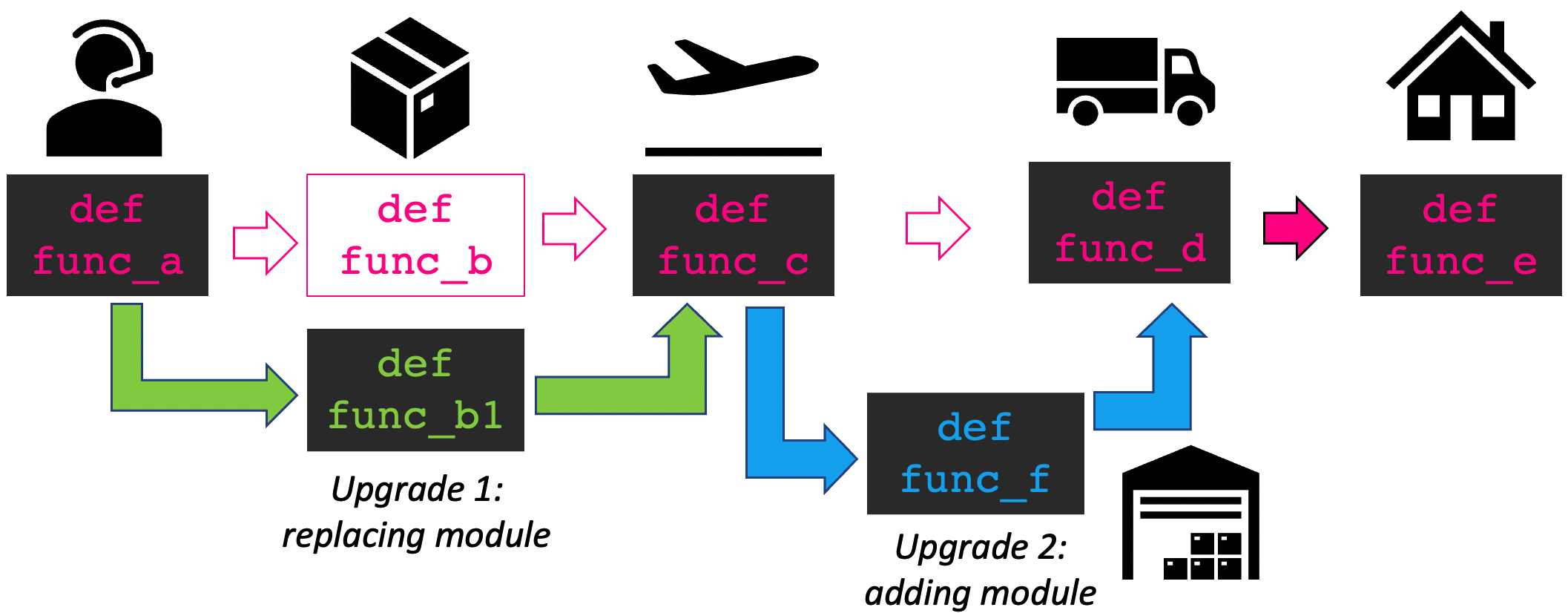
Other DataCamp courses
Other relevant courses
- Monte Carlo Simulations in Python
- Cluster Analysis in Python
- Introduction to Linear Modeling in Python
- Supply Chain Analytics in Python
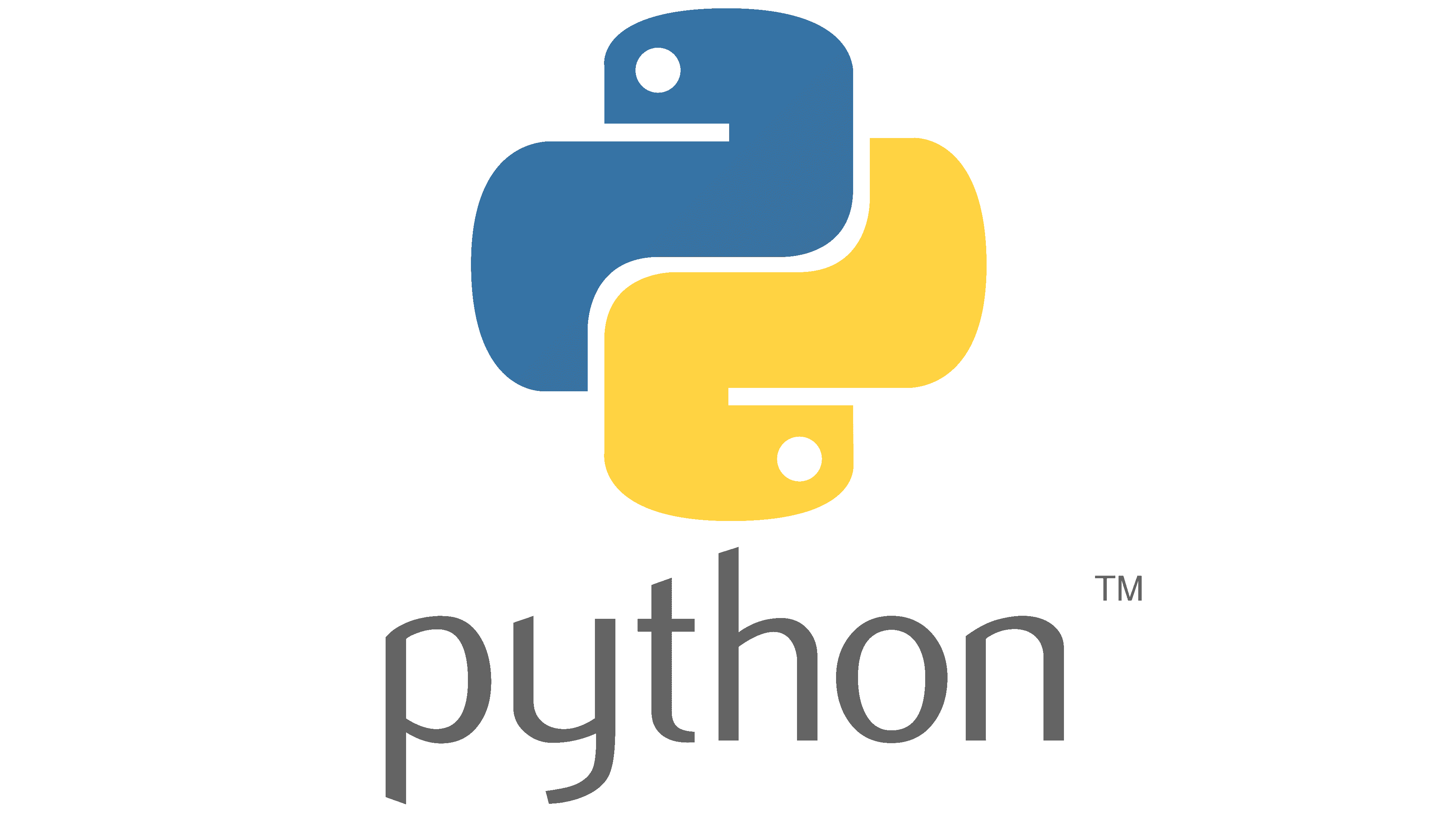
Congratulations!
Discrete Event Simulation in Python

